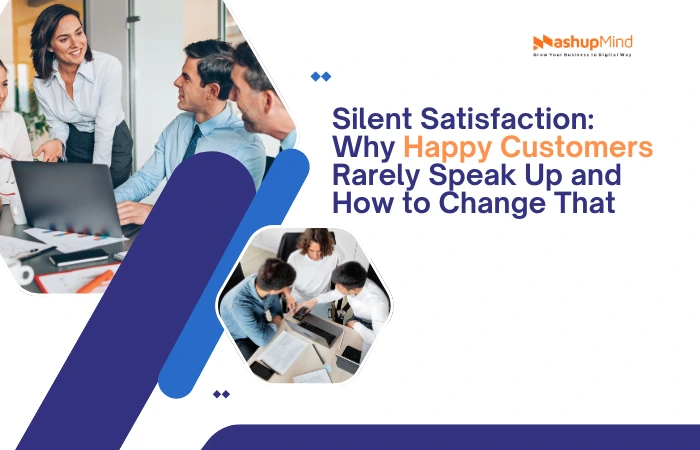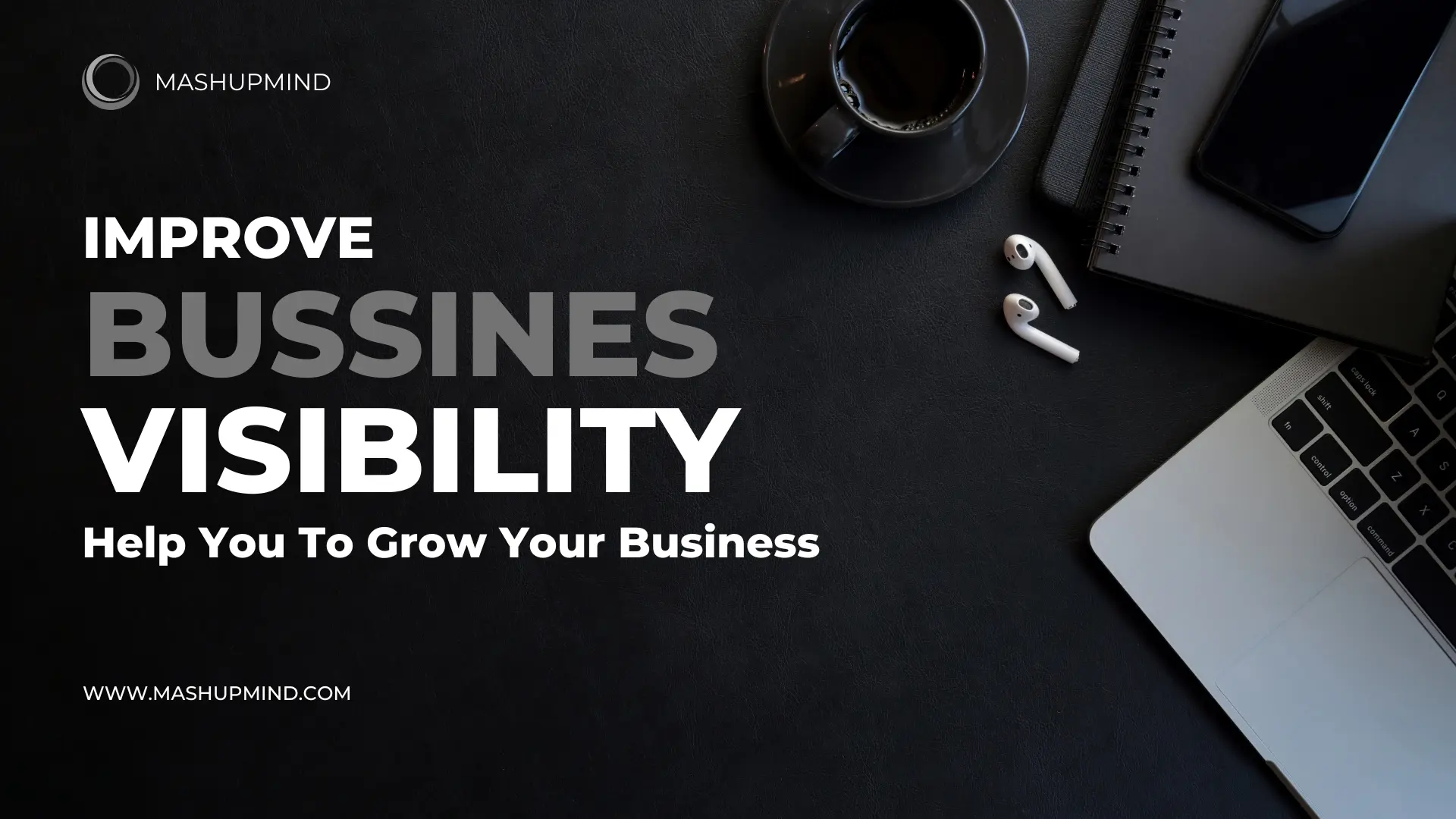dPicture this: a transportation company delivers 200 flawless rides in a single week. Passengers arrive on time. Drivers are courteous. Vehicles are clean. Yet when the owner checks online reviews, they find only three comments — and two are complaints.
This frustrating scenario plays out daily across service industries. Silence from satisfied customers feels like failure in the digital age. When happy clients stay quiet and upset ones dominate your online presence, perception becomes distorted.
This article explores why satisfied customers rarely share their experiences and reveals practical strategies to invite them to speak up. Understanding this feedback imbalance is essential for any business that depends on reputation to win new clients.
The Psychology Behind Silence
Human beings are wired to react more strongly to negative experiences than positive ones. Psychologists call this negativity bias. Our brains evolved to prioritize threats and problems because survival once depended on it.
When something goes wrong, we feel compelled to act. Frustration creates psychological pressure that demands an outlet. Leaving a negative review releases that tension. It makes us feel heard and validated.
Positive experiences, by contrast, feel complete. When a service meets expectations, we process it and move on. There is no emotional pressure driving us to share. Satisfaction feels like closure, not a call to action.
Social dynamics reinforce this pattern. People complain to gain validation from others who share similar frustrations. Negative reviews attract empathy and agreement. But praising a service rarely generates the same social reinforcement unless someone specifically asks for your opinion.
Research confirms this imbalance. Studies consistently show that consumers are twice as likely to post about a bad experience than a good one. Some estimates put the ratio even higher, suggesting that for every customer who shares positive feedback voluntarily, several more share complaints.
This creates a distorted picture. Businesses with high satisfaction rates still accumulate negative-leaning review profiles simply because unhappy customers speak up more frequently than happy ones.
The Marketing Cost of Unbalanced Feedback
Negative-leaning review profiles harm businesses in ways that extend far beyond hurt feelings. When potential customers research your service, they see the loudest voices — not the most representative ones.
One unaddressed complaint can outweigh dozens of silent successes. New customers have no way to know that 95% of your clients were satisfied if only the unhappy 5% left reviews. The perception gap becomes their reality.
This imbalance affects customer acquisition costs directly. Prospects who see mostly negative feedback require more convincing. They ask more questions. They hesitate longer. Many simply choose competitors with better-balanced profiles.
The ripple effect continues into retention and referrals. Loyal customers who quietly stay satisfied rarely become vocal advocates without prompting. Meanwhile, a single negative experience can spread through word-of-mouth or social media, magnifying its impact exponentially.
Ironically, businesses with excellent service often struggle most with this issue. They deliver consistently well, creating satisfied customers who feel no urgency to speak. The better you perform, the quieter your advocates become — unless you actively invite them to share.
How Proactive Feedback Requests Fix the Imbalance
Waiting for customers to voluntarily leave reviews is a passive strategy that guarantees skewed results. Active feedback systems flip this dynamic by building requests directly into the customer journey.
Passive feedback collection leaves everything to chance. Customers must remember your business days or weeks later. They must feel motivated enough to search for your profile. They must invest time writing a review with no immediate benefit. Only the most emotional experiences — usually negative ones — clear these hurdles.
Active systems remove these barriers. Structured follow-ups via SMS, email, or app notifications reach customers at optimal moments. They make sharing feedback effortless. A simple rating request with an optional comment takes seconds to complete.
Timing plays a critical role. Asking for feedback shortly after service completion captures genuine reactions before memory fades. Satisfaction is highest immediately after a positive experience. The closer your request comes to that moment, the more accurate and positive your data becomes.
This approach balances your feedback profile naturally. Happy customers who would never think to leave voluntary reviews respond readily when asked directly. You capture their satisfaction before life moves them on to other priorities.
The result is actionable data that reflects reality. Instead of hearing only from extremes, you collect representative feedback from your entire customer base. This transforms reviews from random emotional outbursts into reliable business intelligence.
Example in Practice: Passenger Feedback Systems in Medical Transportation
In industries where each interaction carries emotional weight, structured feedback becomes even more critical. Medical transportation is a perfect example. Passengers often travel while ill, anxious, or vulnerable. Every ride matters deeply to their well-being.
This is why many NEMT providers have turned to software solutions that automate the feedback process entirely. Take the approach used by one of the leading medical transportation software platforms, RouteGenie. Instead of hoping passengers will remember to leave reviews later, the so-called Passenger Experience module automatically sends a brief rating request immediately after each trip concludes.
This automated approach ensures consistency without adding burden. Every passenger receives the same opportunity to share their experience. Drivers and dispatchers don’t need to remember manual follow-ups. The technology handles timing and delivery seamlessly.
The feedback arrives while the experience is fresh. Passengers rate their ride within minutes or hours, not days or weeks later. This proximity to the actual service produces more accurate data and captures satisfaction before competing priorities erase the memory.
Transportation providers using automated feedback systems report dramatic improvements in feedback balance. Silent satisfaction becomes visible satisfaction. Positive experiences that would have disappeared into the void now populate review profiles and internal dashboards.
The benefits extend beyond public perception. Unaddressed negative experiences will compound into larger reputation crises. However, if a system of early identification of service issues is in place, you get a chance to act proactively. A pattern of negative ratings from a specific driver or route triggers immediate investigation. Problems get resolved before the situation escalates and a dissatisfied customer decides to leave a negative rating.
This structured approach transforms feedback from an afterthought into a marketing asset. Each automated request becomes a touchpoint that demonstrates care. Passengers feel valued when businesses actively seek their input rather than ignoring them after service delivery.
Making It Easy to Speak Up
Understanding the psychology behind feedback imbalance is only half the solution. Implementation requires removing friction from the sharing process itself. Here are actionable strategies that work across service industries:
Simplify Your Feedback Forms
Complex surveys kill response rates. Nobody wants to answer 15 questions after a simple service interaction. One-click rating systems or emoji-based responses take seconds to complete. Keep optional comment fields short and voluntary.
Consider mobile-first design. Most customers access feedback requests on smartphones. Tiny text fields and complicated navigation frustrate users. Large buttons, simple interfaces, and minimal scrolling maximize completion rates.
Personalize Your Requests
Generic automated messages feel robotic and impersonal. Customize feedback requests with the customer’s name, service details, and a specific reference to their experience. “How was your ride with James this morning?” feels more human than “Please rate our service.”
Timing personalization matters too. Send requests when customers are most likely to engage. Late evening messages get ignored. Mid-morning or early afternoon often performs better for professional services.
Reward Participation Thoughtfully
Small incentives can boost response rates without creating bias. Loyalty points, discount codes for future service, or entries into prize drawings acknowledge the time customers invest in providing feedback.
Keep incentives modest. Large rewards attract motivated respondents regardless of experience, potentially skewing data. The goal is appreciation, not bribery.
Use Automation to Maintain Consistency
Manual feedback requests depend on individual memory and follow-through. Busy teams forget. Priorities shift. Automation ensures every customer receives the same opportunity regardless of operational chaos.
Modern software platforms can trigger feedback requests based on service completion, integrate with CRM systems, and route responses to appropriate team members automatically. This consistency builds reliable data streams without burdening staff.
Close the Loop on Responses
When customers take the time to provide feedback, acknowledge it. Automated thank-you messages show appreciation. Personal responses to detailed comments demonstrate genuine attention.
This follow-up creates a feedback culture. Customers who feel heard become more likely to respond to future requests. The dialogue transforms from transaction to relationship.
Listening as a Marketing Strategy
Traditional marketing focuses on broadcasting messages outward. Feedback systems flip the model by listening actively to customers. This shift transforms operations data into marketing currency.
Every feedback request signals that you care about customer experience. The act of asking demonstrates commitment to improvement. Even customers who choose not to respond receive this message.
Positive feedback becomes testimonial material. With permission, satisfied customer quotes populate websites, social media, and promotional materials. Silent satisfaction transforms into visible proof of quality.
Negative feedback becomes an opportunity. Rapid response to complaints can convert unhappy customers into loyal advocates. Public acknowledgment of issues and transparent improvement efforts build trust with prospects researching your service.
The data itself guides marketing strategy. Patterns in feedback reveal what customers value most. These insights inform messaging, service improvements, and competitive positioning. You market what matters to your actual audience rather than what you assume they want.
Consider feedback requests as brand-building touchpoints rather than operational necessities. Each interaction reinforces your commitment to excellence. Customers remember businesses that seek their opinion and act on it.
The Competitive Advantage of Voice
Markets increasingly reward businesses that actively manage their reputation through structured feedback. Companies that ask the quiet majority to speak gain visibility that passive competitors cannot match.
Balanced review profiles build trust faster. New customers see representative experiences, not emotional extremes. This authenticity converts browsers into buyers more effectively than perfect five-star ratings that feel suspicious.
Internal culture shifts when feedback becomes systematic. Teams receive regular recognition for excellence rather than hearing only about problems. Morale improves when positive feedback reaches the people delivering service.
Service quality improves through faster problem identification. Issues surface while they are still manageable. Patterns emerge before they become crises. Continuous improvement becomes embedded in operations rather than reactive scrambling.
The marketing flywheel accelerates. More feedback generates more visibility. Better reviews attract more customers. Increased volume creates more opportunities to collect feedback. Each cycle strengthens your market position.
Moving Forward
Silent satisfaction remains the default state for most happy customers. Human psychology and social dynamics ensure that positive experiences will always be shared less frequently than negative ones without intervention.
Businesses that accept this reality and build proactive systems thrive. Those who wait passively for voluntary feedback struggle with distorted perceptions and missed opportunities.
The solution is not complex. Ask customers directly. Make sharing easy. Time your requests strategically. Acknowledge responses genuinely. Use automation to ensure consistency.
Every feedback request is a chance to strengthen your brand. Every response provides insight into customer experience. Each and Every improvement you make based on that input becomes a competitive advantage.
Brands that ask the quiet majority to speak are the ones that will own tomorrow’s reputation. The question is not whether to implement structured feedback systems but how quickly you can start.
Your satisfied customers want to help you succeed. They simply need you to make it easy. Give them that opportunity, and watch silence transform into your strongest marketing asset.






